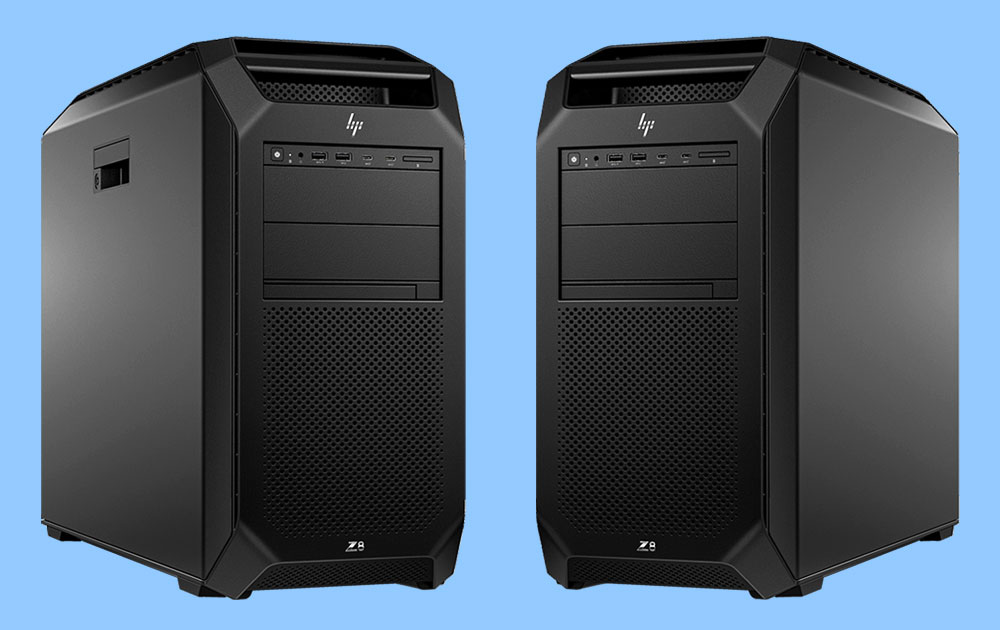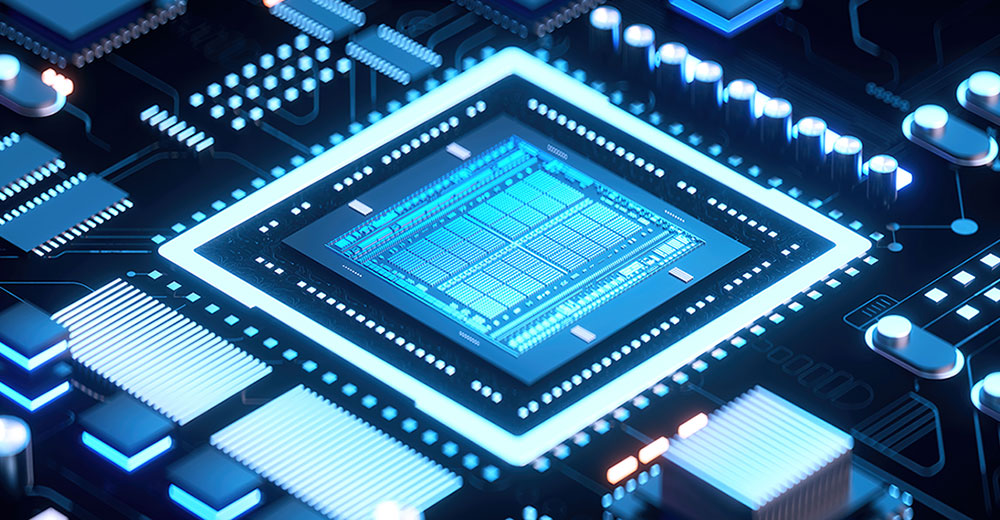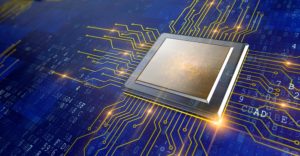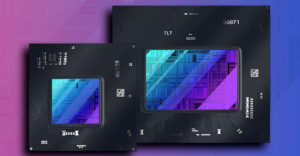If you look ahead on the roadmap to 2024, some impressive parts are coming from AMD, Intel, and Qualcomm, targeting your PC that will change dramatically how these machines work.
This period is when hardware tries to catch up with the generative AI trend, and our PCs, tablets, and smartphones get smarter. But the real battle will be on PC CPUs which will increasingly get GPU and NPU capability — or VPU if we are talking about Intel — and as a result, performance and battery life should get huge bumps.
Given that these products will all be relatively new, their real benefits may not show up until 2025 as software evolves to take advantage of the latest hardware features. Let me lay out the battlefield for you and showcase that this fight will also open the door to new competitors like Nvidia that will step in to shift the marketplace.
We’ll close with my Product of the Week, a new workstation from HP that is the quietest I’ve ever tested.
It’s Intel’s Market To Lose
Intel is the established vendor when it comes to mobile parts, so this war is on Intel’s traditional battlefield.
The product to watch is code-named Lunar Lake, arguably the most significant advancement Intel has ever made for a PC platform. On paper, this product should be more than good enough if it weren’t for the fact that Intel has undergone both layoffs and a salary adjustment where employees get reduced income. These two events are typically very damaging to morale and productivity and could put the timely release of this product, due in 2024, in question.
In addition, the revolutionary nature of this product will require a more robust campaign than Intel has recently executed. It continues to struggle to retain a chief marketing officer at a time when it will need a Dennis Carter-level of execution. Intel has not adequately supported CMOs since early this century, which adds concerns about the company’s ability to execute this launch fully.
Fortunately for Intel, it is the entrenched vendor in mobile parts. However, AMD has been making inroads, so a failure to execute here could give AMD and Qualcomm a huge boost in their efforts to dethrone Intel.
AMD
Recently, AMD has been firing on all cylinders. When it says it’s going to do something, it happens.
AMD is expected to have a similar product to Intel’s Lunar Lake in the market in 2024 and has indicated it will have pivoted sharply to generative AI tools to create it.
The use of AI in this context is doubly important and may indicate some risk because AI continues to be a driving force, and a vendor actively using the technology should have better insights on how to optimize hardware for it. Also, we expect AI to be a significant sales driver for this entire PC hardware class.
Again, however, as with Intel, the exposure for AMD is marketing. Never a marketing powerhouse, AMD is like most engineering-driven companies in that it underfunds marketing, which means it may not get the credit for its advancements that it otherwise would.
With the right marketing campaign and an Intel miss (this last is likely, as noted above), AMD could take a major laptop share. But this potential may remain unmet without the interest or ability to fund and run such a campaign. Should Intel miss its deadlines, AMD is the most likely to benefit, given that it will already be in the market with a similar alternative.
Qualcomm
Qualcomm is in a unique position due to its dominance in the smartphone space. It is developing a fresh new PC processor design co-developed with Nuvia, which Qualcomm acquired in 2021 for $1.4 billion. There is increased interest in integrating smartphones with PCs, and nobody should be able to do that better than a vendor aggressively working to improve both platforms.
However, to make this work, Qualcomm’s marketing requirements are significantly higher than those of Intel or AMD due to its negligible presence in the PC market. Qualcomm recently lost one of its early design wins, the HP Folio, to Intel, even though the resulting product only offered about a third of the battery life compared to earlier Snapdragon-based alternatives.
Qualcomm’s higher marketing requirement is because it is the most different. Both Intel and AMD are x86-based, while Qualcomm is uniquely ARM-based. ARM isn’t pleased with Qualcomm or its effort because it feels that Qualcomm should pay it more for a PC platform license. The litigation between ARM and Qualcomm has the potential to damage the initiative significantly, and Qualcomm is already in the weakest position of the three vendors mentioned so far.
This brings us to…
Nvidia
Nvidia’s plan to buy ARM fell through, leaving the company high and dry on the CPU side but continuing to execute well with its GPU products. Nvidia also licenses from ARM, but, unlike Qualcomm, due to its vastly smaller commitment to that company, it could switch to RISC-V, an equivalent product to ARM that appears to lack the ARM financial troubles left over from the failed acquisition.
Nvidia is a wild card here but has more AI presence than the other three vendors combined, so whatever they do will likely significantly impact the marketplace. Its latest RTX 4060 card is an impressive showcase of the level of performance a vendor can bring to the market for a small amount of money.
With the right combination of CPU, GPU, and NPU (neural processing unit), Nvidia could move in and steal much of this market from the other players. We don’t know what Nvidia will replace ARM with as it moves ever closer to becoming a solution vendor.
Wrapping Up
2025 will be the year of massive laptop chip wars with Intel entrenched but weakened, AMD performing well but continuing to underfund marketing, and Qualcomm not yet in the market with its next-generation PC part and appearing to underfund its marketing.
If any of these vendors can step up and meet their timeline objectives and find a way to fund demand generation marketing for new parts, they could own or take this market.
While I’ve listed Nvidia as a wildcard, RISC-V is a wildcard also and could be used by Qualcomm, Nvidia, or some new arriving vendor to pivot the market from x86 to a more forward-looking AI-centric alternative.
The good news for all of us is that in 2024, at least by the end of it, we should see laptops with 20+ hours of battery life without sacrificing performance. I hope we’ll also see some new designs that better embrace sustainability and reduce electronic waste.

HP Z8 Fury G5 Tower Workstation
Workstations are an interesting product category because it’s usually the engineer who uses them that specifies their configuration rather than the IT department. These tools are tied directly to the productivity of the engineer, graphics artist, researcher, architect, or other creative professionals using them.
Workstations come with industrial processors, typically from AMD, or in this case, Intel Xeon, and a professional GPU from Nvidia or AMD. This HP Z8 Fury G5 has an Nvidia T400 card. They are equipped with error correction code (ECC) memory, which is rarely used in mainstream PCs, to reduce defects in the coding done on them.
Priced starting at $5,320, the HP Z8 Fury G5 is a decent mid-range workstation with solid performance and some of the quietest usage experiences I’ve ever heard. This thing redefines quiet. My main PC is a water-cooled unit, and even it makes more noise than this HP box.

The HP Z8 Fury G5 Tower Workstation encapsulates quiet performance in a lightweight design. (Images Credit: HP)
Another differentiator for this HP workstation is that it uses Wolf Security to protect it, which is arguably the best of the OEM-based security programs.
Finally, this workstation is surprisingly light, 10 or 20 pounds lighter than my gaming rig, which is unusual for a workstation since they traditionally tend to be a handful. But this one was surprisingly light, making it very useful for some remote implementations, particularly when office space is fluid and requires frequent PC movement.
The HP Z8 Fury G5 workstation is an impressive product — from its low error rate performance to its noiseless fans and relatively light weight — making it ideal for my Product of the Week.


























































